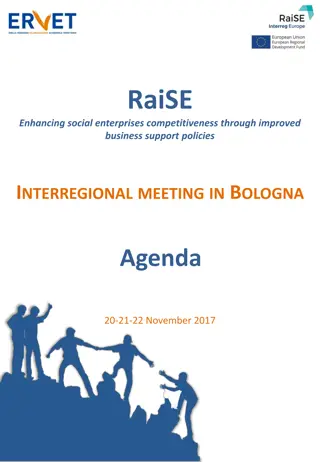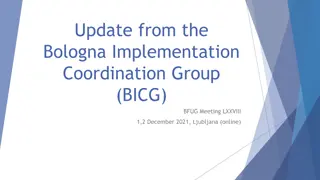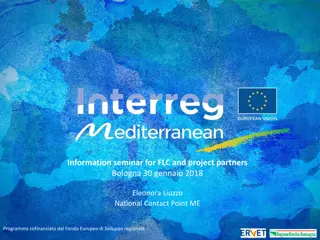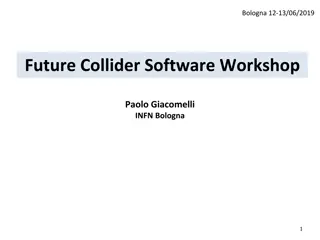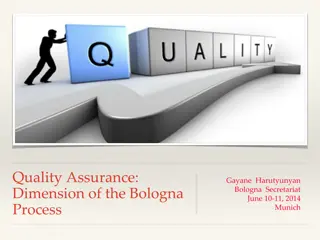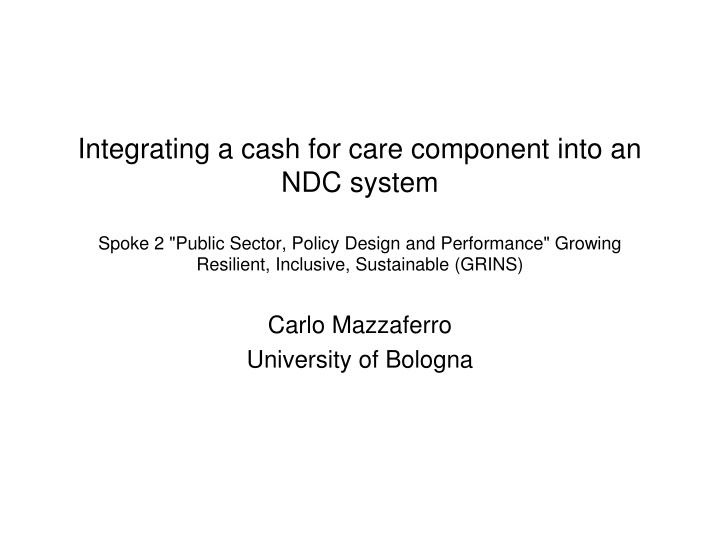
Integrating Cash-for-Care Component into NDC System for Policy Design
Explore the integration of a cash-for-care component into an NDC system for policy design, addressing the risk of dependency among the elderly and discussing the financial implications and proposals for public LTC insurance.
Download Presentation

Please find below an Image/Link to download the presentation.
The content on the website is provided AS IS for your information and personal use only. It may not be sold, licensed, or shared on other websites without obtaining consent from the author. If you encounter any issues during the download, it is possible that the publisher has removed the file from their server.
You are allowed to download the files provided on this website for personal or commercial use, subject to the condition that they are used lawfully. All files are the property of their respective owners.
The content on the website is provided AS IS for your information and personal use only. It may not be sold, licensed, or shared on other websites without obtaining consent from the author.
E N D
Presentation Transcript
Integrating a cash for care component into an NDC system Spoke 2 "Public Sector, Policy Design and Performance" Growing Resilient, Inclusive, Sustainable (GRINS) Carlo Mazzaferro University of Bologna
Aim and motivation of the project Risk of dependency among old people one of the most important issues in the debate around the economic, financial and distributional implications of an ageing population. heterogeneous political choices made by governments The development of forms of (public or private) LTC insurance is becoming an urgent matter out-of-pocket expenditures associated at old-age dependency could lead to the disbursement of important shares of family assets In Italy, the main form of LTC intervention is by cash-for-care cash benefit, not means-tested, aimed at partially cover the costs associated with disability. recent reform partially has removed some inefficiencies, but still the situation is opaque
Several proposals have recently been developed in the international economic and financial literature to integrate forms of Cash-for-Care financing within a (public) pension system. The idea is to explore the feasibility to develope insurance products that integrate the old-age and the LTC risks, to measure the cost for the public budget and the potential benefits for workers and citizens. Main points: Integrated benefit that covers the risk of old age and LTC how to finance the benefit: distributive issues
Data To realize this project preparing a database in which administrative information on individual earnings will be used toghether with survey information on the socio economic status of future pensioners development of microsimulation procedures aimed at making analysis on the lifecycle profiles of representative cohorts of the Italian population. Individuals will be grouped into successive five-years cohorts made up of individuals born between 1940 and 1990. Using the data available in the LOSAI database, we will estimate stylized profiles of earned income over the life cycle. Transition probabilities between socioeconomic status, as well as the probability of LTC need, will be estimated using external microeconomic data (ITSILC, EHIS, RFL, SHARE)
Output A battery of financial indicators can be developed and used to disseminate information on the current and future coverage and adequacy of the analyzed risks (old age pensions + LTC). Results can take into account individuals representing different cohorts, socioeconomic conditions and geographical areas and can be presented in a friendly format.
Advancement of the project Estimation of LTC care needs using EHIS data and evaluation of the financial sustainability of the last reform of the Cash for Care Italian transfer (Indennit di accompagnamento). Analysis of the (macro) cost of IDA in the period 2000-2022 and decomposition of the expenditure between gender, age classes and geographical areas








